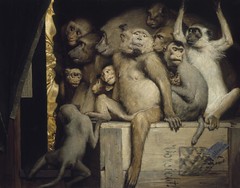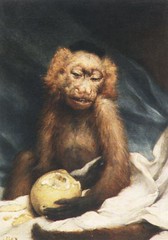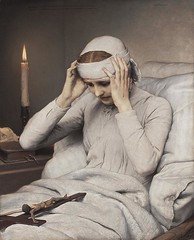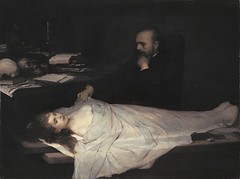[Youtube=http://www.youtube.com/watch?v=PaYi6FlB4cw]
Scrub to 3:30 for immediate access to Free Radicals (an instant dance music classic)
The phrase “free radical” got stuck in my head, and Googling for it brought up a 1958 film by New Zealand experimental filmmaker Len Lye, titled Free Radicals. The film features white ‘chalk’ lines constantly moving on a black background with African drums (‘a field tape of the Bagirmi tribe’) playing throughout. The film won second prize out of 400 entries in an International Experimental Film Competition judged by Man Ray, Norman McLaren, Alexander Alexeieff and others, at the 1958 World’s Fair in Brussels. In 1979 Lye further condensed this already very concentrated film by dropping a minute of footage. Stan Brakhage described the final version as “an almost unbelievably immense masterpiece (a brief epic)’. I could not agree more.






